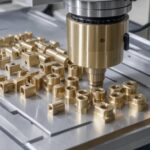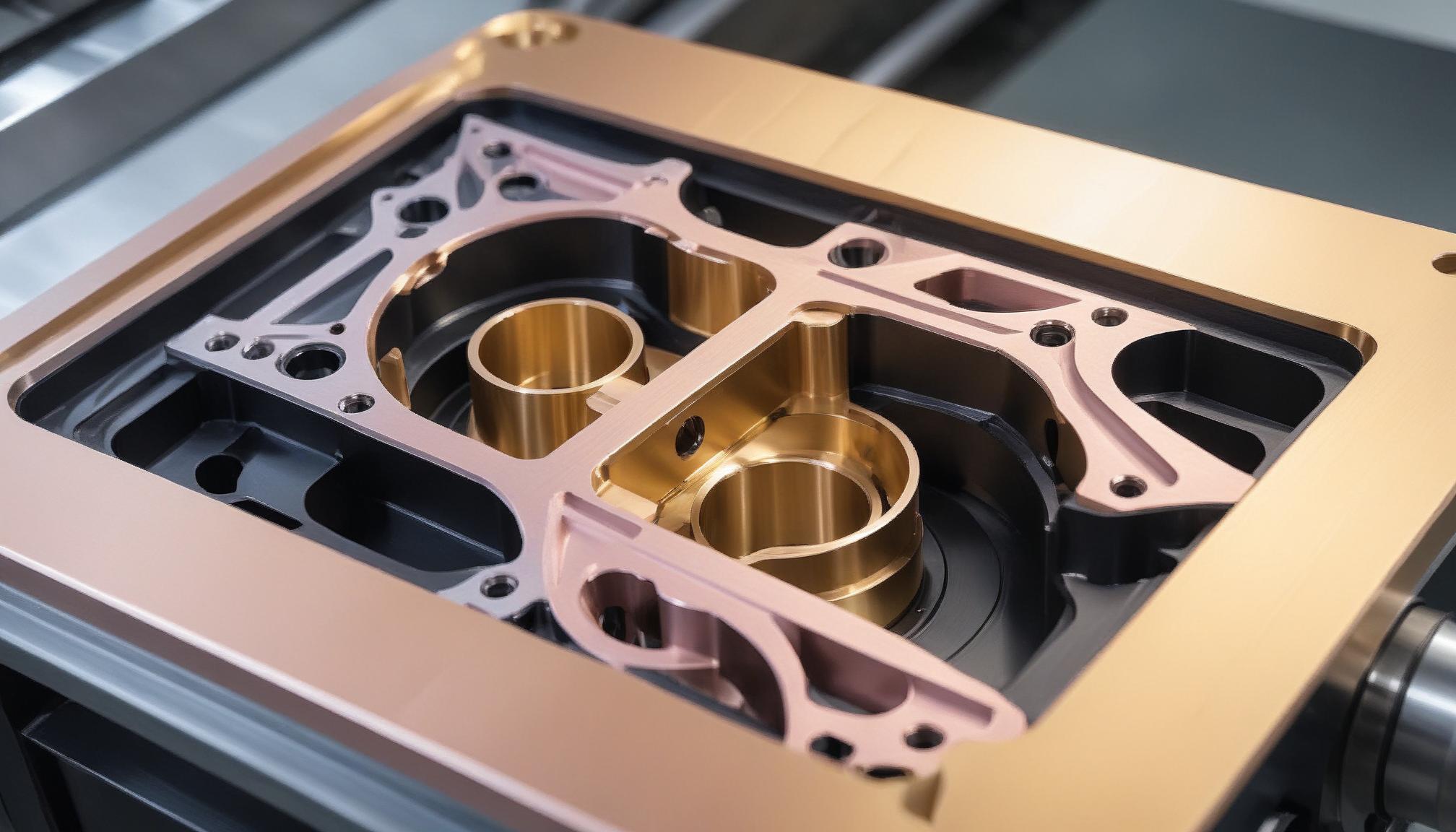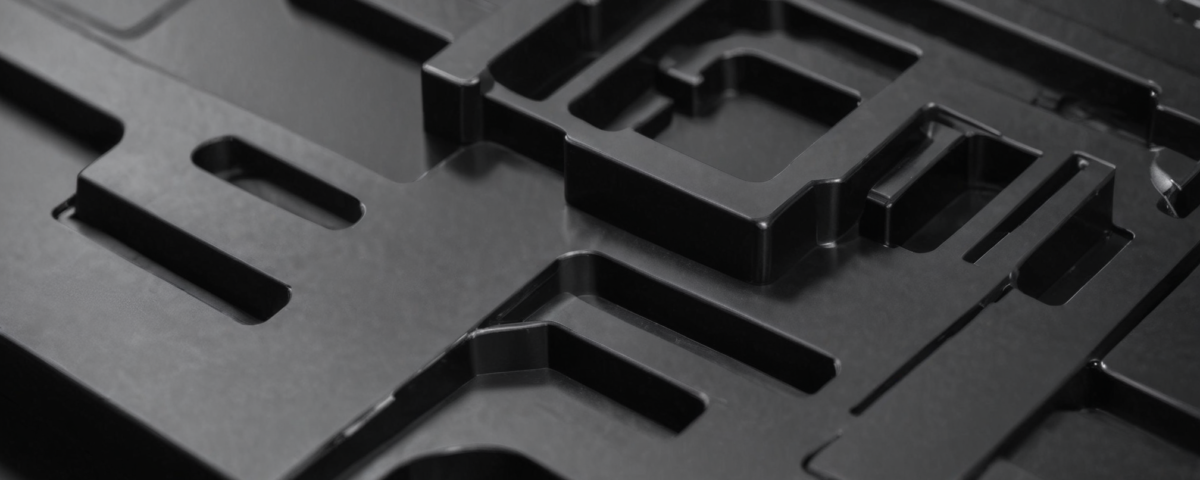
Seven Methods for Verifying CNC Machine Tool Positioning Accuracy
16 July 2024
A Comprehensive Guide to Brass CNC Machining
23 July 2024Anodizing in CNC Machining: Enhancing Durability and Aesthetics
CNC machining is a versatile manufacturing process that allows for the precise creation of complex parts. One of the most popular finishing techniques used in CNC machining is anodizing. This electrochemical process not only improves the durability of the parts but also enhances their aesthetic appeal. In this blog post, we'll delve into the anodizing process, its benefits, and how it can be integrated into CNC machining.
What is Anodizing?
Anodizing is an electrochemical process that converts the metal surface into a durable, corrosion-resistant, anodic oxide finish. The process is most commonly applied to aluminum, but it can also be used on other non-ferrous metals such as titanium and magnesium. Anodizing involves immersing the metal in an acid electrolyte bath and passing an electric current through it. This causes the surface to oxidize and form a protective, anodic layer.
The Anodizing Process
Anodizing is a sophisticated electrochemical process that enhances the natural oxide layer on metals, most commonly aluminum. This treatment increases the metal's durability, corrosion resistance, and aesthetic appeal, making it suitable for various applications in industries such as aerospace, automotive, electronics, and architecture. Understanding the anodizing process involves exploring several detailed steps, from surface preparation to sealing, each contributing to the final properties of the anodized part.
Surface Preparation
The first step in the anodizing process is surface preparation, which ensures that the metal is clean and free from contaminants. This step is crucial because any impurities on the surface can lead to defects in the anodic layer. The preparation typically involves:
- Cleaning: The metal parts are washed with alkaline or acidic cleaners to remove oils, greases, and other organic contaminants. This step is essential for ensuring that the subsequent treatments can uniformly interact with the metal surface.
- Etching: To achieve a uniform and matte finish, the metal surface is often etched using an acid solution, such as sodium hydroxide. Etching removes a thin layer of the metal, eliminating any surface irregularities and creating a suitable texture for anodizing.
- Deoxidizing: After etching, the metal is treated with a deoxidizing solution to remove any residual oxides formed during the etching process. This step ensures that the surface is in its pure metallic state, ready for anodizing.
The Anodizing Bath
Once the metal surface is properly prepared, the actual anodizing process begins. The metal parts are immersed in an acid electrolyte bath. The type of acid used in the electrolyte can vary depending on the desired characteristics of the anodic layer. The most common acids used include:
- Sulfuric Acid: The most widely used electrolyte for anodizing aluminum. It produces a thick, hard anodic layer suitable for various applications.
- Chromic Acid: Used for creating thinner, more flexible anodic layers, often employed in aerospace applications.
- Phosphoric Acid: Utilized for producing anodic layers that offer excellent adhesion properties for subsequent coatings.
Electrochemical Reaction
During the anodizing process, an electric current is passed through the electrolyte bath. The metal part to be anodized serves as the anode (positive electrode), while a cathode (negative electrode) is also placed in the bath. This setup facilitates an electrochemical reaction where oxygen ions from the electrolyte combine with the metal atoms at the surface of the anode to form an anodic oxide layer. The key parameters that influence this process include:
- Current Density: The amount of electric current per unit area of the metal surface. Higher current densities can produce thicker anodic layers, while lower current densities create thinner layers.
- Temperature: The temperature of the electrolyte bath affects the rate of oxidation and the properties of the anodic layer. Cooler temperatures generally lead to harder and more durable anodic layers.
- Time: The duration for which the metal is subjected to the anodizing process determines the thickness of the anodic layer. Longer anodizing times result in thicker layers.
Coloring (Optional)
One of the unique features of anodizing is the ability to add color to the anodic layer. This step is optional and is often used for decorative or functional purposes. The coloring process takes advantage of the porous nature of the anodic oxide layer, which can absorb dyes. There are two primary methods for coloring anodized parts:
- Electrolytic Coloring: After the initial anodizing, the parts are immersed in a bath containing metal salts (such as nickel, cobalt, or tin) and subjected to an alternating current. This process deposits metal ions into the pores of the anodic layer, resulting in various colors depending on the type of metal salt used.
- Organic Dyeing: The anodized parts are dipped in a bath containing organic dyes. The dyes penetrate the porous anodic layer, allowing for a wide range of colors. This method offers more flexibility in terms of color selection compared to electrolytic coloring.
Sealing
After anodizing and coloring (if applicable), the parts undergo a sealing process to close the pores in the anodic layer. Sealing enhances the corrosion resistance and durability of the anodized layer and locks in any color applied during the dyeing process. The most common sealing methods include:
- Hot Water Sealing: Immersing the anodized parts in hot deionized water causes the pores in the anodic layer to hydrate and close. This is the most straightforward and widely used sealing method.
- Steam Sealing: Exposing the anodized parts to steam achieves similar results to hot water sealing but can be faster and more effective for certain applications.
- Cold Sealing: Involves immersing the anodized parts in a cold solution containing nickel fluoride. This method is often used for parts that cannot tolerate high temperatures.

Benefits of Anodizing in CNC Machining
Anodizing is a crucial finishing process in CNC machining that offers a myriad of benefits, enhancing the performance, durability, and aesthetics of machined parts. This electrochemical treatment not only improves the functional attributes of metal surfaces but also provides a wide range of aesthetic options. Here, we delve into the comprehensive benefits of anodizing in CNC machining, detailing how this process can elevate the quality and functionality of machined components.
Enhanced Durability
One of the primary benefits of anodizing in CNC machining is the significant enhancement in durability. The anodic oxide layer formed during the anodizing process is much harder than the base aluminum, providing excellent resistance to wear and abrasion. This hardness translates into a longer lifespan for anodized components, which is particularly valuable in applications where parts are subject to constant friction or mechanical stress. For example, in automotive and aerospace industries, where parts must withstand rigorous conditions, anodized components offer superior durability and reliability.
Corrosion Resistance
Anodizing provides outstanding corrosion resistance, making it ideal for applications in harsh environments. The anodic layer acts as a barrier that protects the underlying metal from oxidizing agents, such as moisture, chemicals, and salts. This is especially beneficial for parts used in marine, industrial, or outdoor settings, where exposure to corrosive elements is common. By preventing corrosion, anodizing helps maintain the integrity and appearance of CNC machined parts, ensuring they perform optimally over extended periods.
Improved Aesthetic Appeal
Beyond functional improvements, anodizing greatly enhances the aesthetic appeal of CNC machined parts. The anodic layer can be dyed in a wide array of colors, offering designers and engineers the flexibility to achieve specific visual effects. This capability is particularly advantageous in consumer electronics, architectural components, and decorative applications, where appearance is as important as performance. Anodized finishes are not only vibrant but also resistant to fading and UV damage, ensuring that the aesthetic qualities are long-lasting. Increased Adhesion The porous nature of the anodic oxide layer provides an excellent base for paints, adhesives, and other coatings to bond effectively. This increased adhesion is beneficial in various applications where additional coatings or layers are required. For instance, in the aerospace industry, where parts often need to be painted or coated with protective layers, the improved adhesion provided by anodizing ensures that these additional treatments adhere better and last longer.
Electrical Insulation
Anodized aluminum has excellent dielectric properties, making it an effective electrical insulator. This property is particularly useful in electronic and electrical applications, where components must be electrically isolated to prevent short circuits and other electrical issues. The insulating properties of anodized surfaces can also be leveraged in the design of heat sinks and other components that require both electrical isolation and thermal management. Thermal Management Anodized surfaces can also contribute to better thermal management. The anodic layer can improve heat dissipation, making it beneficial for components that operate in high-temperature environments. For example, in the electronics industry, anodized heat sinks are commonly used to efficiently dissipate heat from electronic devices, enhancing their performance and longevity.
Environmental Benefits
Anodizing is an environmentally friendly finishing process compared to many other coating techniques. It produces minimal hazardous waste and typically involves the use of less harmful chemicals. The process itself is energy-efficient and results in long-lasting products, reducing the need for frequent replacements and contributing to sustainability. This makes anodizing an attractive option for manufacturers looking to reduce their environmental footprint while maintaining high-quality standards.
Cost-Effectiveness
Despite the numerous benefits, anodizing remains a cost-effective finishing process. The durability and longevity provided by the anodic layer reduce the need for frequent maintenance or replacements, resulting in cost savings over the life of the product. Additionally, the ability to combine functional and aesthetic improvements in a single process streamlines manufacturing and reduces overall production costs.
Versatility in Applications
The versatility of anodizing makes it suitable for a wide range of applications across different industries. Whether it's enhancing the durability of automotive components, improving the corrosion resistance of marine parts, or adding aesthetic value to consumer electronics, anodizing provides tailored solutions to meet specific needs. This versatility allows manufacturers to leverage the benefits of anodizing to enhance the performance and appeal of their products in diverse markets.
Conclusion
Anodizing is a transformative finishing process in CNC machining that offers a plethora of benefits. From enhancing durability and corrosion resistance to providing aesthetic flexibility and improved adhesion, anodizing elevates the quality and functionality of machined parts. Its environmental benefits, cost-effectiveness, and versatility make it a preferred choice for manufacturers aiming to produce high-performance, aesthetically pleasing, and sustainable products. By incorporating anodizing into CNC machining projects, manufacturers can significantly enhance the value and performance of their components, meeting the demanding requirements of modern industries.




